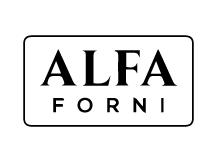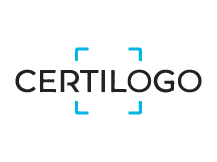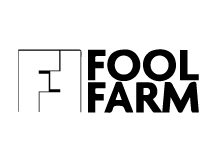In recent years, artificial intelligence (AI) has rapidly transformed from a niche technology to an integral tool across various industries. One of the most fascinating advancements has been in the realm of AI-generated images, specifically in producing photorealistic visuals. This capability not only revolutionizes how we create, manipulate, and interact with imagery, but also opens up new opportunities for industries such as marketing, gaming, and design.
Photorealistic images generated by AI are created using neural networks, particularly a type of network known as a Generative Adversarial Network (GAN). GANs consist of two components: a generator and a discriminator. The generator’s role is to create an image from random noise, while the discriminator evaluates whether the generated image is real or fake when compared to actual photographs. Over time, this adversarial relationship results in the generator creating more convincing images as the discriminator becomes more adept at identifying real versus AI-generated content.
Recent innovations, such as StyleGAN and its successors, have taken this process even further. These systems can generate incredibly detailed and lifelike visuals, offering fine control over various aspects of the image such as lighting, texture, and composition. By manipulating specific parameters, designers can tweak everything from facial features in portraits to environmental elements in landscape images, all with a level of detail that rivals high-end photography.
Creative Industries and Advertising
AI-generated photorealistic images are a game-changer for the creative industry. Agencies can now create custom visuals tailored precisely to a campaign's needs without relying on costly and time-consuming photoshoots. Brands looking to prototype products or build immersive marketing experiences can rely on AI to generate product images that look convincingly real.
Video Game Development and Virtual Worlds
Game developers are leveraging photorealistic AI-generated content to build expansive virtual worlds with minimal manual effort. AI can generate landscapes, characters, and objects that fit seamlessly into the game environment, saving time on design while maintaining a high level of realism. This also opens up possibilities for games where environments can evolve dynamically based on user interactions, a feat that would be resource-intensive without AI.
Film and Entertainment
In the entertainment industry, AI-generated images are used for visual effects (VFX), where filmmakers can create hyper-realistic digital humans, environments, or creatures that blend flawlessly with live-action footage. Whether for generating entire backgrounds or for de-aging characters, the precision of AI-generated photorealism is redefining possibilities in cinematic storytelling.
E-Commerce and Retail
The rise of online shopping has prompted retailers to explore new ways to showcase their products. AI-generated photorealistic images allow brands to create detailed and customizable product imagery without investing in physical prototypes. This means faster product launches, on-demand customization, and a more engaging shopping experience for customers.
As with any technology, there are challenges to consider with AI-generated images. One of the primary concerns is authenticity. As AI gets better at mimicking reality, the line between real and fake can blur, raising questions about the potential misuse of this technology. Deepfakes, in particular, have shown how AI can be exploited to create highly realistic but misleading content. To address these concerns, companies developing AI tools for photorealistic image generation are incorporating safeguards, such as watermarking AI-generated content or developing algorithms that can detect fake images. The responsibility also falls on users to use these tools ethically and transparently.
The trajectory of AI-generated images is heading toward even more complex and dynamic applications. With advances in natural language processing (NLP) integrated with image generation, we’re not far from a future where users can describe a scene in words, and AI will generate a photorealistic image based on that description. This will have significant implications for industries ranging from media production to architectural design. Additionally, we can expect the barriers between digital and physical worlds to continue to dissolve. Virtual and augmented reality (VR/AR) will likely benefit from photorealistic AI-generated imagery, creating immersive environments that feel as real as their physical counterparts.
AI-generated photorealistic images represent a paradigm shift in how we think about creativity, design, and production. By automating the creation of stunning, lifelike visuals, AI offers a wealth of possibilities for industries and creators alike. As the technology continues to evolve, the key to unlocking its full potential lies in using it responsibly and creatively, pushing the boundaries of what’s possible while maintaining ethical standards. AI has moved beyond the brief, and the future of imagery is in its hands. The only limit is our imagination.
Unites States, United Kingdom, UAE, Italy, Netherlands, Canada and more...










